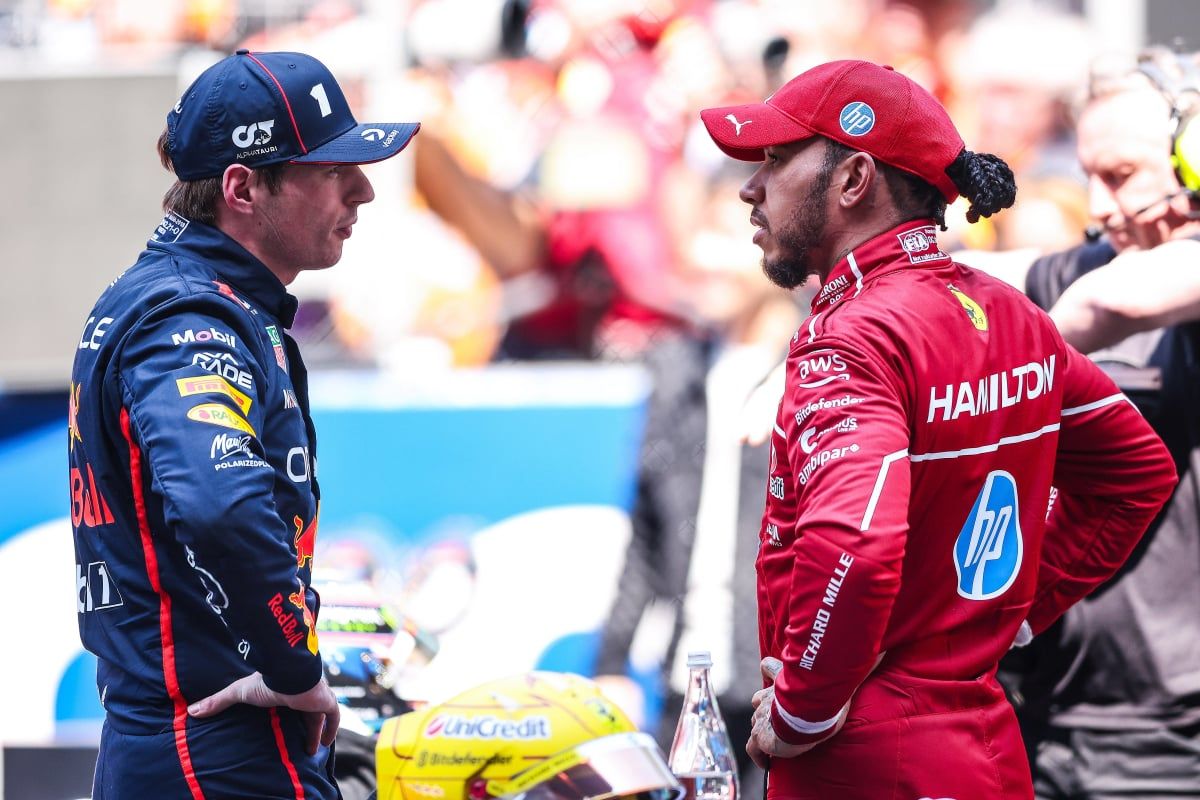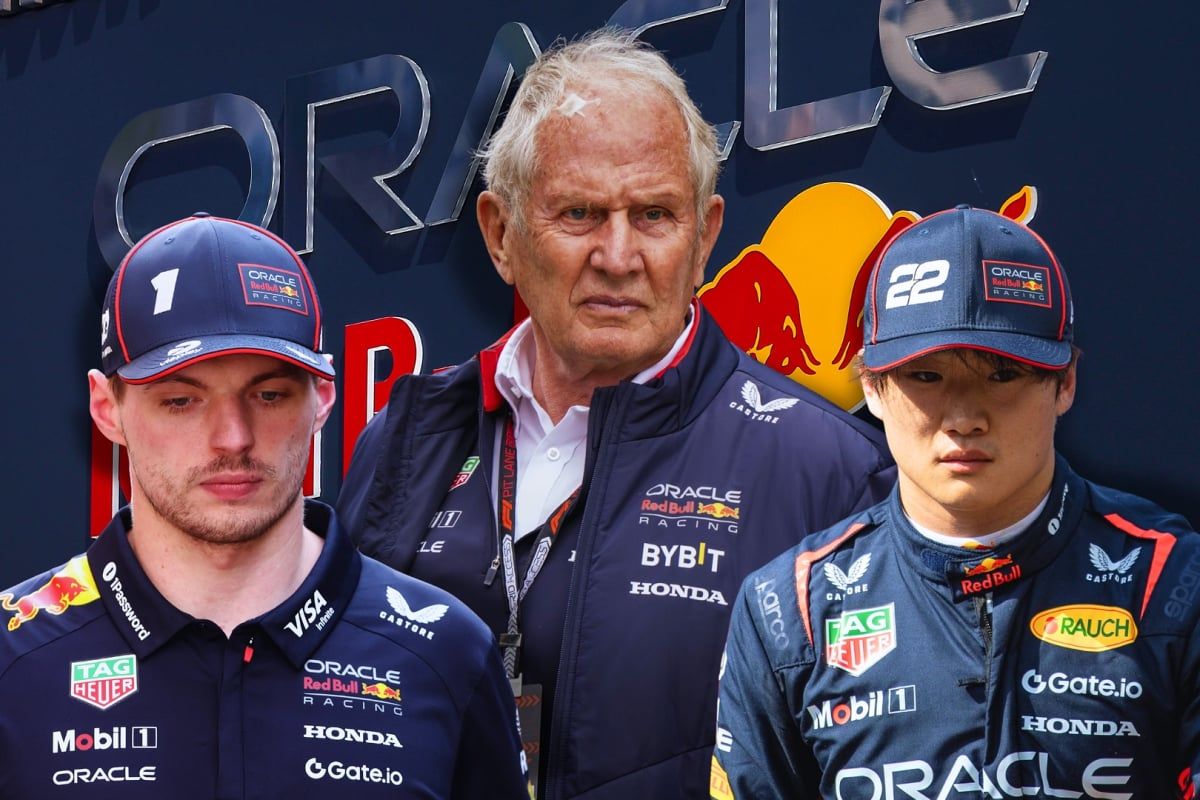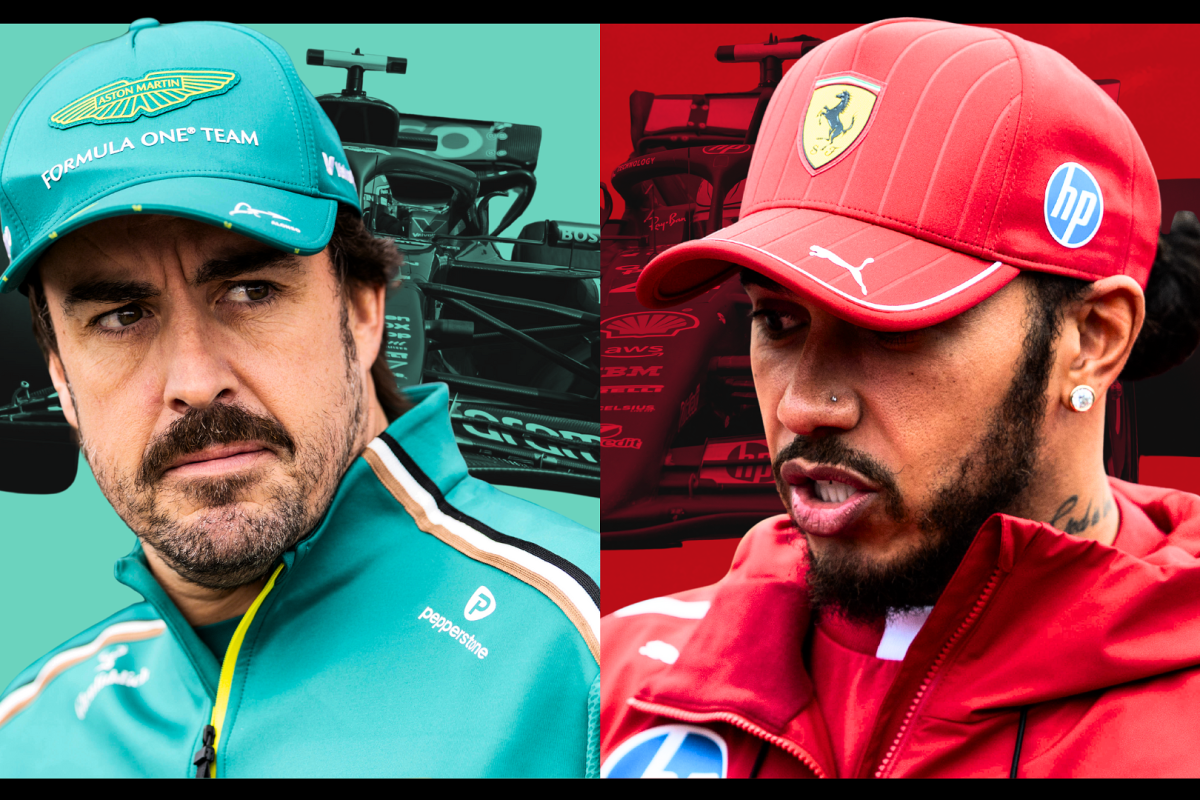FIA President Pushes for V8 Engine Return Despite Looming 2026 Power U… read more
In a surprising and bold move, FIA President Mohammed Ben Sulayem has publicly called for another round of engine regulation changes before the end of the decade — a move that would see Formula 1 potentially return to V8 engines by 2029. This comes despite the sport already preparing for a major rules overhaul in 2026, with brand-new hybrid power units featuring increased electric propulsion and 100% sustainable fuels. The 2026 regulations, years in the making, represent a significant technological and environmental step forward for F1. However, Ben Sulayem’s recent comments suggest that the sport’s leadership is reconsidering its long-term engine trajectory.
Speaking to the media at the 2025 British Grand Prix weekend at Silverstone, Ben Sulayem made his intentions clear, stating, “To us, the V8 is happening.” He indicated that the idea is not just a personal vision but one that is gaining traction within the sport. According to the FIA president, Formula One Management (FOM) is supportive of the direction, and teams are beginning to accept that a return to simpler, more cost-effective engine architecture might be the right move.
This revelation could represent a seismic shift in the technological path Formula 1 is currently pursuing. The upcoming 2026 engine regulations are designed to usher in a new era of sustainability and efficiency. These power units will feature a 50-50 energy split between electric power and internal combustion, and will be powered by carbon-neutral synthetic fuels. The goal is to align F1 more closely with the global push for clean energy and to enhance road relevance for manufacturers involved in the championship. Yet, Ben Sulayem seems to be pointing in a different direction — one focused on cost reduction, mechanical simplicity, and possibly even spectacle.
“The current engine is so complicated, you have no idea,” Ben Sulayem remarked. “And it is costly. R&D is reaching $200 million, and the engine is costing approximately $1.8 million to $2.1 million.” These numbers underscore the massive financial burden that modern hybrid power units place on manufacturers. While the current V6 turbo-hybrid engines are technological marvels, their complexity and cost have long been criticized. For newer entrants, the barrier to entry is high, and even for existing teams, the financial strain is significant — particularly in a sport that has been actively trying to lower costs through budget caps and regulatory streamlining.
By advocating for a return to naturally aspirated V8 engines, Ben Sulayem is tapping into nostalgia and a potential avenue for reduced expenses. V8s, which were last used in Formula 1 during the 2013 season, are considerably simpler than the current hybrid setups. They are easier to develop, maintain, and regulate — all critical factors if the sport wants to maintain a healthy number of competing teams and open the door for new manufacturers. But the shift would not come without challenges.
A major concern with reintroducing V8 engines is their alignment with F1’s public environmental commitments. The sport has made bold claims about becoming net-zero carbon by 2030, and reverting to traditional combustion engines could be perceived as a step backward — unless, as Ben Sulayem hinted, the engines can be made compatible with 100% sustainable fuels. “The fuel is also very expensive, and we have to be very careful with that,” he warned, suggesting that any move to V8s must still align with green technologies. The same caution applies to transmissions, which the FIA president noted are also becoming increasingly costly.
Another logistical challenge is timing. Formula 1’s regulatory framework operates on long-term cycles. The 2026 rules have been meticulously developed with input from current and future manufacturers such as Mercedes, Ferrari, Honda, Red Bull Powertrains (with Ford), and Audi. Changing direction only three years after the introduction of a major new regulation set would not only be disruptive but potentially divisive. Yet Ben Sulayem insists that the lead time needed for a proper return to V8s is about three years, meaning that discussions and agreements must begin almost immediately for a 2029 rollout to be realistic.
This suggestion raises questions about F1’s long-term identity. Is the future of the sport rooted in electric propulsion and sustainability, or in mechanical purity and affordability? Can both be achieved simultaneously? Critics may argue that reintroducing V8s undermines the sport’s environmental narrative, especially at a time when global car manufacturers are shifting to electric and hybrid vehicles. Proponents, however, may see it as a necessary correction — a chance to preserve F1’s racing DNA while controlling spiraling costs and bringing back the visceral appeal of high-revving engines.
Ben Sulayem’s comments are bound to ignite intense debate across the F1 paddock and beyond. Teams, sponsors, and fans are likely to have divided views, and the push for a V8 return could become a major political topic over the coming seasons. While no formal proposal has yet been submitted, the FIA president’s clear and public endorsement of the idea suggests it will be a serious consideration — not just a fleeting idea.
Ultimately, whether Formula 1 does indeed pivot toward V8 engines by 2029 will depend on a complex interplay of economic, environmental, and sporting factors. The sport stands at a crossroads where it must balance innovation with tradition, sustainability with spectacle, and cost control with performance. If Ben Sulayem’s vision gains enough support, the roar of V8s could once again echo through F1 circuits — this time, powered by clean fuels and framed by a very different global context.




